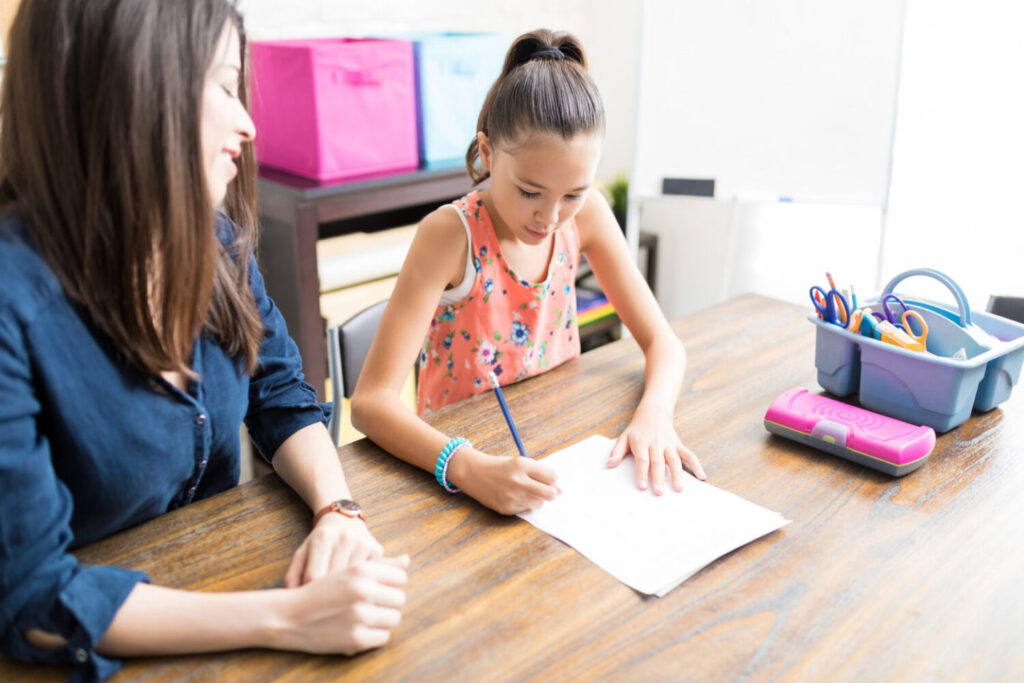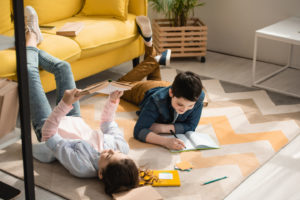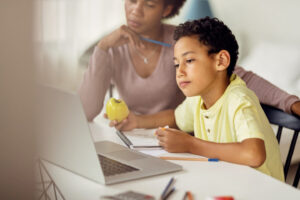School closures led many to homeschool: here are the numbers
When public schools moved to full remote instruction within a given state, the proportion of households that homeschooled jumped by at least 2.3 percent according to a recent working paper I wrote…

When public schools moved to full remote instruction within a given state, the proportion of households that homeschooled jumped by at least 2.3 percent according to a recent working paper I wrote jointly with Corey DeAngelis and Clara Piano.
When we put that in context with the pre-2020 share of homeschooling, we find that the proportion grew by this amount over a sustained period – not a one-time, short-run increase.
While nearly all students in K-12 education were affected by school closures and other pandemic policies over the past two years, the level of disruption varied significantly across students.
Whereas students in the public school system experienced entire semesters of remote instruction – with renewed concerns of its detrimental impact mounting over the past two weeks – students in alternative learning arrangements, like homeschool, were not affected nearly as much.
In the paper, I explore how the rapid and sudden school closures over the past two years impacted the prevalence of homeschooling. Whereas only 5% of households homeschooled their children as of April 2020, that rate tripled to 15% by August 2020. Even though it came back down to 10% by December 2020, roughly twice as many households homeschool today than prior to the pandemic two years ago.
The sustained increase in homeschooling is important for at least two reasons. First, it showcases the increasing heterogeneity of the homeschooling population. Families across the board are now turning to alternative learning arrangements for their children, particularly as they see the lower quality of instruction available in the public school system.
Second, it shows that the increase in homeschooling was not just a “last resort” if and only if the school system is closed. Rather, for many households, homeschooling has become the preferred alternative. And, for some who left homeschooling, it might still be a preferred alternative, but simply not fully feasible due to work responsibilities.
To understand how the surge in remote instruction influenced the incidence of homeschooling, we estimated statistical models that account for many other factors. For example, some areas might have a younger population or different ethnic compositions. We also control for the COVID-19 infection and mortality rates to ensure we are not simply capturing behavioral responses to changes in local conditions.
In short, we found that the full transition from in-person to remote instruction in public schools within a state was associated with a 2.3 percentage point increase in the proportion of households in a state who homeschooled. Given that roughly 5% of households were homeschooling prior to the pandemic, these are large effects – they account for nearly half of the pre-pandemic share and the net increase in homeschooling between 2020 and 2021.
That our results grow stronger as we control for additional variables, ranging from the COVID-19 infection and death rate to political affiliation to other unchanging properties across states and time, suggests that we are detecting a meaningful causal effect—not just spurious correlates.
Going forward, it’s going to be important for philanthropies to provide sustainable and long-run tools for homeschooling communities to thrive well beyond the pandemic – not just to survive during these years. Homeschooling is a meaningful – and often preferred – alternative, particularly in an era when school boards can make unilateral decisions to close down. Just as Todd Graves and Darrell Jones emphasized, philanthropies can empower homeschooling communities with tools and resources to reduce the burden that instructional development and teaching places on the parents.



